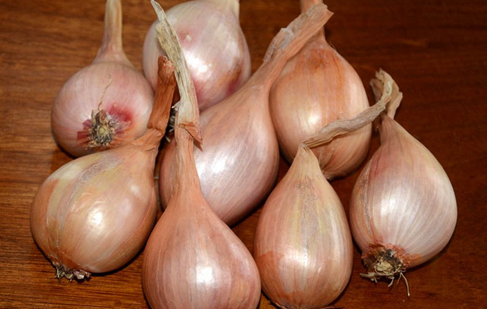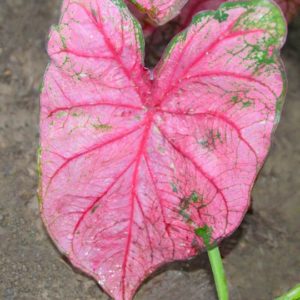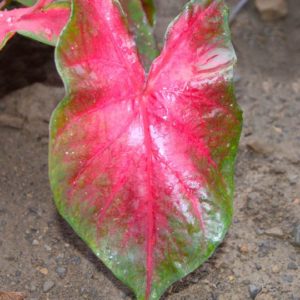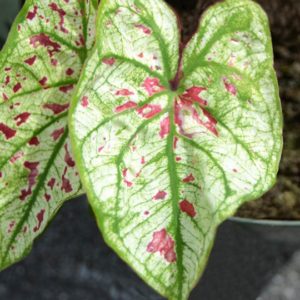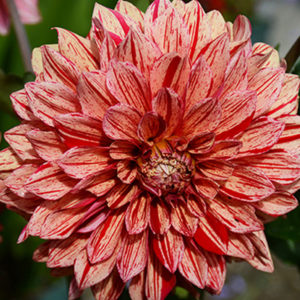Description
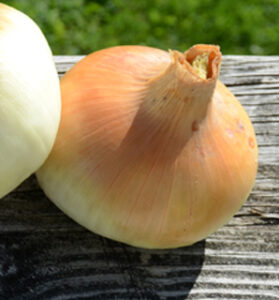 Onion Sets,
Onion Sets,
Super Sweet
The origin of onions like the origin of garlic is buried in antiquity. It is known that onions were grown in Ancient Egypt and that eventually they arrived in Rome. It was in Rome that they were given the name unio, which means large pearl. Unio became unyon in Middle English when the Romans introduced the onion into the British Isles.
The status of the onion rose substantially after French Onion Soup was made popular by Stanislaus I, the former King of Poland. The Bermuda onion was first listed by Peter Henderson & Co. in 1888 as the White Bermuda. Sweet onions originated in Texas after Bermuda onion seed from the Canary Islands was introduced into South Texas in 1898. In 1899, onions that grew from the seeds planted in 1898 were shipped to Milwaukee, Wisconsin where they were so enthusiastically received that the following year the small garden plot, which had been the source of the first sweet onions was expanded to 500 acres.
In 1952, the Granex, later to be claimed as Vidalia, was introduced in Texas. That same year Granex tranplants from Dixondale Farms (Carrizo Springs, Texas) were shipped to Georgia to a man named Mose Coleman. Coleman discovered that these onions were not hot like other onions planted in Georgia, instead they were remarkably sweet. Coleman was able to sell these sweet onions for $3.50 per 50 pound bag, a fortune in the post-Depression years. Soon almost every farmer in Georgia was growing Vidalia onions.
Onions come in three distinct colors: white, yellow and red. The varieties can be classed into three important groupings: short day, intermediate day and long day varieties. These groupings refer to the number of hours of sunlight required to get the onion to bulb. Short Day onions require 10-12 hours of sunlight and are used in the South for winter production. Because Short Day onions have a higher concentration of water as opposed to solid fiber content, they do not store well and should be eaten fresh. Intermediate Day onions require 12-14 hours of sunlight and are ideal for almost all growing areas in the United States. Long Day onions require 14-16 hours of sunlight and grow better in northern states where there are extended hours of daylight during the summer months. Long Day varieties typically have more pungent flavor and store better than other varieties.
Planting and Harvesting Onions
Onions may be planted in the fall or the spring similar to garlic. Fall plantings will mature earlier. Onion plants are hardy and can withstand temperatures lower tha
Onions Drying n 20 degrees fahrenheit so spring plantings may be made as soon as the soil can be worked. Like garlic bulbs, onions planted in the fall go through a short, approximately 2-week dormant period, and then roots emerge and leaves sprout.
With the onset of winter, the leaves die back and the roots cease to grow. This process is called vernalization. Proper bulbing is a function of adequate growth, vernalization and subsequent growth under longer days. Bulbs planted in the spring must experience some minimal cold treatment in order to insure proper bulbing.
Onions can be grown in many different types of soil, but the plants prefer a rich moist sandy soil. Turn the soil and add some lime before planting. Plant the bulbs, root end down, two inches deep. Leave 4-6 inches between bulbs in rows 8-12 inches apart. In the spring, apply a nitrogen and phosphorus rich fertilizer (10-20-10) and water like any garden green. Onions are shallow rooted and benefit from frequent weeding. Onion roots cannot tolerate competition from weeds.
Onions will be ready to harvest in approximately 100 days when the leaf tops have fallen over and dried. On sunny, breezy days, onions can be allowed to cure in the field for a day or two before being taken to a curing area.
Curing must take place for the onions to be stored for any length of time. Cure onions by placing them in a warm, well-ventilated area until the necks are thoroughly dry. With warm temperatures, good air circulation and low humidity, curing should be completed within two weeks after harvest. Onions are best stored in a cool, moderately dry area in ventilated containers. Humidity in the 60%-70% is preferable.
With good air flow and low humidity, onions should store for at least 6 months. One of the most frequently asked questions that we get is “How do I know when my onions are ready to be harvested?” If onions have been planted properly when they are ready to be harvested, they will poke their heads above the soil and their tops will grow brown and sag. Then they are fully mature. If they have been planted too deep, they may still form a bulb – sometimes, but it will not break the surface of the soil.
Whether you decide to plant the yellows, the whites or the reds, there are several things you need to remember.
First, today’s home gardeners need to amend the soil where they are planting onions with potash and phosphate. There are organic sources for both of these nutrients.
Second, onion sets should be planted no more than 2 inches deep with 4-6 inches between sets and 8-12 inches between rows. In areas where there are frequent freeze-thaw cycles, we recommend that you mulch with 4 inches of straw (not hay) in the winter.
Third, if you want to maximize the sweetness of your onions, add lime to your soil before you plant the sets.
AND, Fourth, onions should be planted twice a year – once in the fall and once in the spring. The fall-planted onions can be harvested throughout the summer and early fall. The spring-planted onions can be harvested throughout the fall and early winter.

